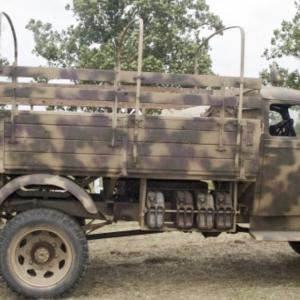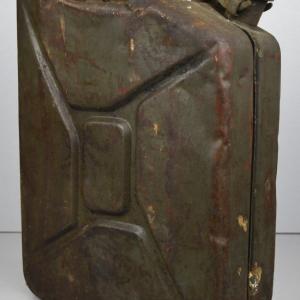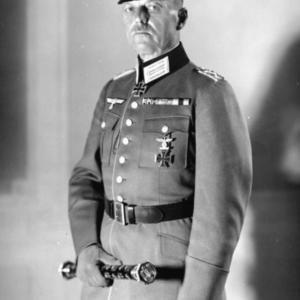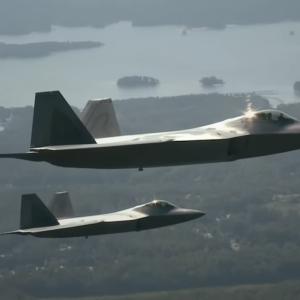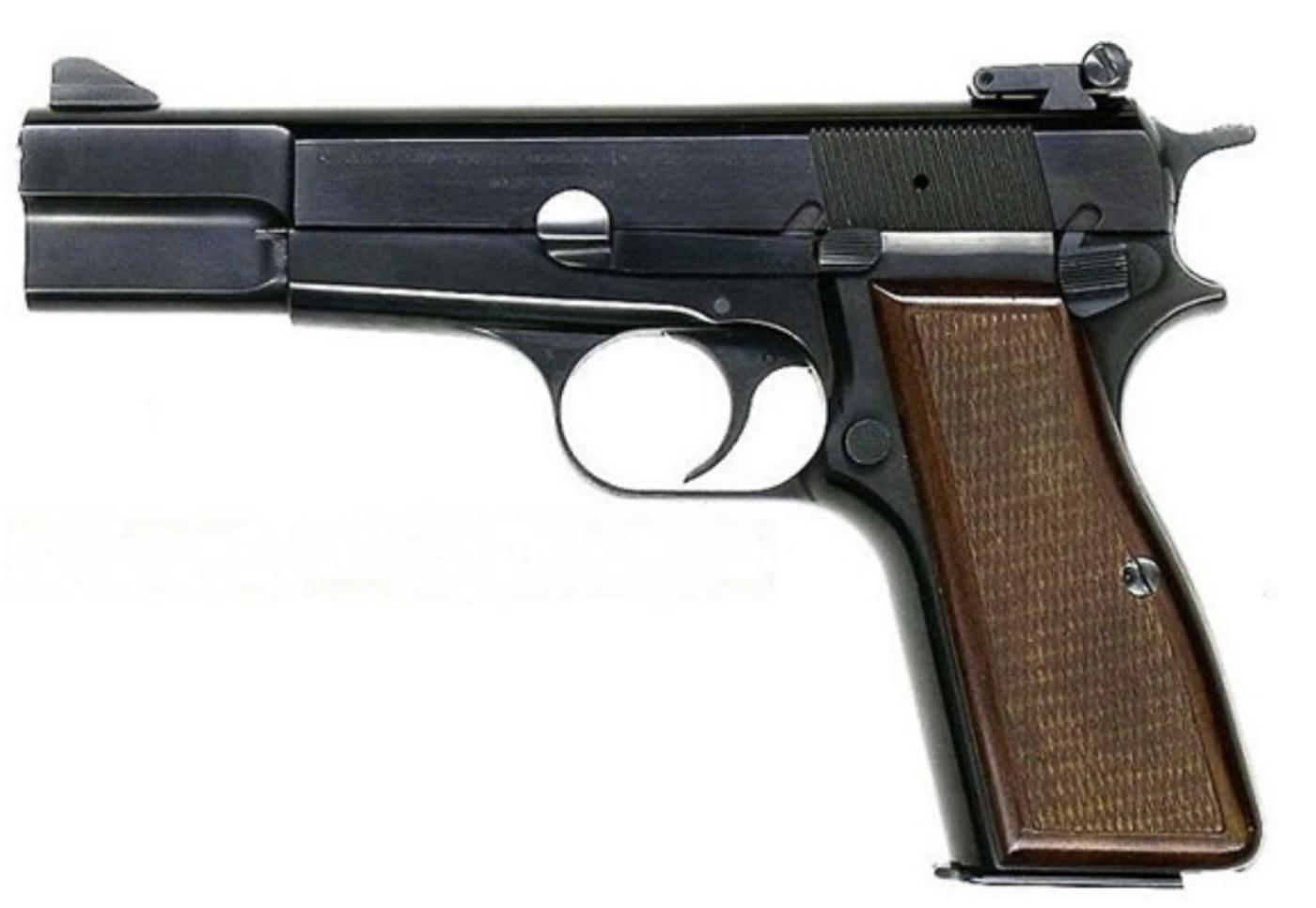
9mm Browning pistol
The Browning 9mm pistol used by the UK military is primarily the Browning Hi-Power, officially known as the Pistol, Browning, 9mm, Mk. III in British service. This iconic sidearm was originally designed by the American firearms designer John Moses Browning in the early 20th century, with the final design work completed by Dieudonné Saive at the Belgian arms manufacturer Fabrique Nationale (FN Herstal) during the 1920s and 1930s.
The Browning Hi-Power was developed to meet the demand for a high-capacity semi-automatic pistol capable of firing the powerful 9x19mm Parabellum cartridge. The design incorporates several key features that have contributed to its longevity and popularity. Unlike earlier pistols with single-stack magazines, the Hi-Power utilizes a double-stack 13-round magazine, providing a significantly higher ammunition capacity. It operates on the Browning short-recoil principle with a tilting barrel locking mechanism, ensuring reliability and accuracy. The pistol features a single-action trigger, meaning the hammer must be manually cocked or cocked by cycling the slide before firing. Additional safety features include a manual thumb safety and a magazine disconnect safety, which contribute to secure handling during use.
The UK adopted the Browning Hi-Power as the standard-issue service pistol in the post-World War II period, replacing the older Webley revolvers and other pistols used during the war. In British service, the pistol is often referred to as the Pistol, Browning, 9mm, Mk. III.
The Browning Hi-Power pistols used by the British military were primarily manufactured under license by the British company Royal Ordnance Factory (ROF) at Enfield, England. Production began in the late 1940s and continued through the Cold War period. While some pistols were imported from FN Herstal in Belgium, the majority of UK service pistols were domestically produced to meet military requirements.
It is estimated that over 40,000 Browning Hi-Power pistols were manufactured for UK military and police forces combined. Exact production figures are difficult to verify, but the pistol served extensively with the British Army, Royal Navy, and Royal Air Force for several decades. The Mk. III designation refers to an improved version incorporating refinements such as enhanced safety features and minor ergonomic changes. Earlier Mk. I and Mk. II versions were also used.
The Browning Hi-Power 9mm pistol was issued to a wide range of UK military units. It served as the standard sidearm for officers and specialized troops in the British Army, especially infantry officers and support personnel. It was also issued to ship officers and naval personnel in the Royal Navy, and used by aircrew and ground defense units in the Royal Air Force. Elite units such as the SAS (Special Air Service) utilized the Browning Hi-Power for its reliability and firepower. Beyond the military, the pistol saw widespread use in UK law enforcement agencies, where it was valued for its stopping power and accuracy.
The pistol remained in British military service from the late 1940s until it began to be phased out in the 1980s and 1990s in favor of newer designs such as the L9A1 (a variant of the Belgian Browning Hi-Power with British modifications) and later the Glock 17.
The Browning Hi-Power is chambered for the 9x19mm Parabellum cartridge, which is the NATO standard pistol round. This cartridge is renowned for its balance of recoil management, stopping power, and ammunition capacity. The UK military typically used 9mm FMJ (Full Metal Jacket) rounds for general issue, optimized for reliable feeding and penetration. In specific operational contexts, hollow-point or armor-piercing variants might have been used, particularly by special forces. The pistol’s double-stack magazine holds 13 rounds, giving users a higher ammunition capacity than many contemporary pistols.
The Browning Hi-Power is widely regarded as a highly accurate pistol for its class, owing to several design elements. Its fixed barrel design, which is firmly locked during firing, minimizes movement and contributes to consistent shot placement. The grip shape and balance facilitate steady aiming and recoil control. The standard iron sights consist of a fixed front post and an adjustable rear notch, allowing for reliable target acquisition.
Typical effective accuracy ranges for the Browning Hi-Power are up to 50 meters for aimed fire, with practical combat engagement distances generally within 25 meters. Experienced shooters can achieve groupings under 3 inches at 25 meters in controlled conditions. The pistol’s reliability and accuracy have earned it a reputation as one of the finest military sidearms of the 20th century, serving numerous armies worldwide, including the UK.

